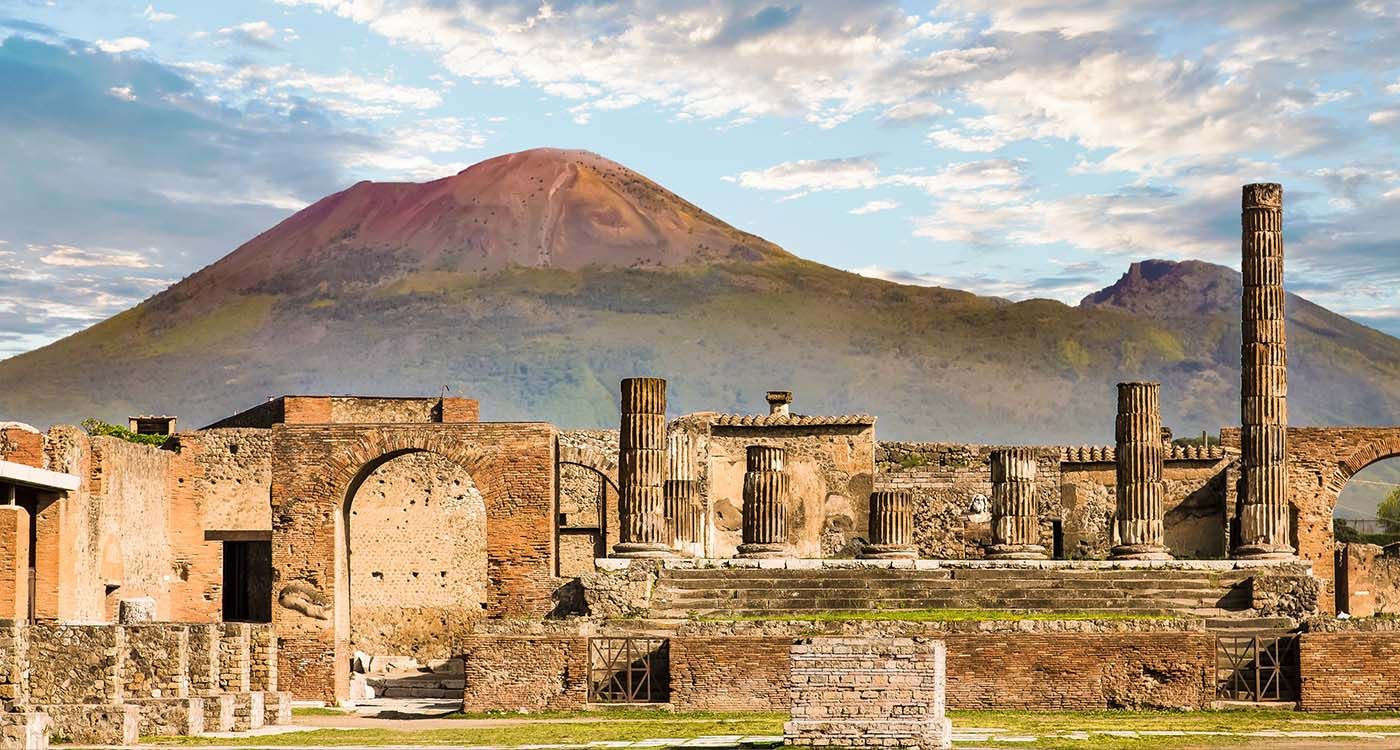
Long thought to be a city entombed beneath volcanic ash, Pompeii is now revealing a far more complex story: survivors returned to its ruins after the eruption of Vesuvius, transforming the “dead city” into a place of precarious yet surprising life.
It is hard to imagine Pompeii as anything other than silent stones locked under volcanic dust, a tragic instant frozen in time. Yet recent discoveries overturn that museum-like image: the city did not vanish in a single breath; it lived on in a clandestine and fragile existence beneath its own ashes. Behind cracked walls and half-faded mosaics, life slowly crept back, carried by survivors who returned to haunt the wreckage. It is a story of human persistence, ignored for centuries, now emerging from the excavations and redrawing the boundary between death and survival.
When Vesuvius erupted in 79 CE, Pompeii was buried in just a few hours. Until recently, it was believed the city lay abandoned until its rediscovery 17 centuries later. But archaeologists, armed with finer methods and a new attentiveness to what is often overlooked, have uncovered an untold chapter: the story of a city inhabited after its own end.
At first, signs were almost inconceivable: here, an improvised hearth; there, a rough oven, broken ceramics, coins minted decades and even centuries after the eruption. Makeshift paths wound between hardened ash mounds, while the upper floors of buildings, spared from complete burial beneath ash and mud, were adapted for daily life.
For these men and women who came back to live among the ruins, everything had to be rebuilt. Water stagnated, roofs collapsed, and Roman administration had all but disappeared. But people still had to eat, keep warm, and protect themselves. Thus, some spaces became mills, workshops, or cramped shelters. The grand, beautiful Pompeii had become a kind of proto-slum ruled by improvisation and the will to survive.
Inhabited Ruins for Four Centuries
This was no fleeting presence. The latest research, led by Gabriel Zuchtriegel and his team, dated these traces of life as far as the 5th century CE. Nearly 400 years after the burial, the city still showed signs of life. The old prosperity was gone, as the aristocracy and great families had left, but a poor, marginal, often invisible population had turned the unburied upper floors into survival spaces.
Archaeologists say that, for a long time, these post-eruption traces were neglected or even destroyed. Traditional excavations sought the splendor of Rome, dismissing anything that looked recent or makeshift. But a new reading of the site, attentive to stratification and humble objects, revealed a different history: one of slow, handmade reoccupation of a hostile space.
Life reappears in the details: meal remains, cheap tableware, simple tools, even signs of small-scale trade. Sometimes graffiti still clings to the walls, scrawled in haste. Everything points to a subsistence economy, where inhabitants improvised from day to day.
Far from the image of a spectral city abandoned to archaeologists and tourists, Pompeii emerges as a laboratory of adaptation: a community without a state, without urban planning, without clear hierarchy, living in the shadow of its glorious past. Survivors, some from other villages destroyed by Vesuvius, found in its ruins a relative refuge, scavenging what was still usable: stone, wood, objects, fragments of half-buried houses.
Some researchers even describe a semi-anarchic atmosphere, where life was organized more by clan than by civic order. Through scarcity and ingenuity, another face of antiquity comes into view; that of the forgotten, the resourceful, the people who could reinvent a city in the midst of disaster.
Today, this renewed reading of Pompeii invites us to rethink the very notions of ruin and memory. The buried city, far from being a mere tragic postcard, becomes a symbol of stubborn resistance to disappearance, of a humanity that refuses the end. Even under the ashes, life clung on, fragile yet unyielding.
By surviving its own death, Pompeii offers a lesson in both history and hope: no catastrophe, however devastating, can entirely erase the will to live.


Comments